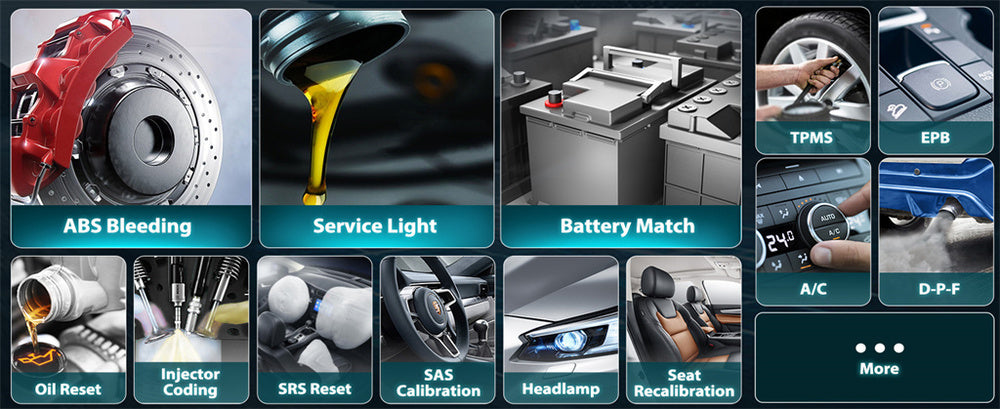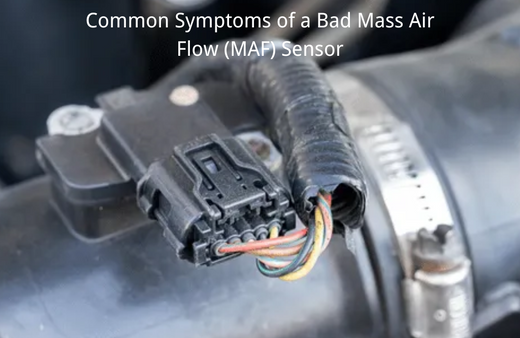As an auto enthusiast and DIY mechanic, I often get asked this critical question that can affect braking performance: "Should I use DOT 3 or DOT 4 brake fluid?" Making an informed choice between these fluids is essential, whether upgrading your brake system or performing maintenance - understanding these differences is vital!
This guide compares and contrasts the properties and performance of DOT 3 and DOT 4 brake fluids, reflecting industry standards as of January 2025.
Is DOT 3 or DOT 4 Brake Fluid Better?
Unfortunately, no definitive answer exists regarding the selection of brake fluid between DOT 3 and DOT 4. Each has advantages suitable for specific applications; discuss them further here.
What is DOT 3 Brake Fluid?
DOT 3 brake fluid is a glycol-based fluid commonly used in hydraulic brake systems. It is widely accepted due to its affordable pricing and reliable performance in everyday driving conditions.
Composition and Standards
DOT 3 brake fluid conforms to the Department of Transportation (DOT) standards. This product predominantly comprises glycol ethers, which provide a viscosity and boiling point suitable for effective braking.
Performance Characteristics
- Boiling Point: DOT 3 has a lower boiling point compared to DOT 4, making it suitable for everyday driving.
- Absorption: It is hygroscopic, meaning it absorbs moisture over time, which can reduce its effectiveness and potentially lead to brake system corrosion.
- Compatibility: DOT 3 is compatible with a wide range of vehicles, making it a versatile choice for many drivers.
Advantages and Disadvantages
Pros:
- More affordable than DOT 4
- Suitable for standard driving conditions
- Widely available
Cons:
- Lower boiling point, which can be a concern in high-performance or heavy-duty applications
- Absorbs moisture more quickly, requiring more frequent changes
What Is DOT 4 Brake Fluid?
DOT 4 brake fluid is another glycol-based product designed to withstand higher temperatures and demanding driving conditions. It is typically used in advanced braking systems or performance driving applications. It may also be highly recommended for vehicle-mounted antilock braking systems or advanced performance driving applications.
Composition and Standards
DOT 4 brake fluid meets more stringent specifications than its DOT 3 counterpart, offering higher performance standards. Borate esters increase thermal stability while improving overall performance.
Performance Characteristics
- Boiling Point: Higher than DOT 3, making it better suited for high-performance and heavy-duty braking applications.
- Absorption: Similar to DOT 3, DOT 4 absorbs moisture slower than its counterpart.
- Compatibility: Compatible with vehicles requiring higher-performance brake fluid, including those equipped with ABS (Anti-lock Braking Systems) or other advanced features.
Advantages and Disadvantages
Pros:
- Higher boiling point, reducing the risk of brake fade under extreme conditions
- Better performance in high-stress braking scenarios
- Slower moisture absorption compared to DOT 3
Cons:
- More expensive than DOT 3
- Not always necessary for standard driving conditions
DOT 3 vs. DOT 4: Key Differences
Understanding the differences between DOT 3 and DOT 4 brake fluids can help you determine which one is right for your vehicle.
Boiling Point Comparison
- Dry Boiling Point: DOT 4 has a higher dry boiling point (typically around 446°F) compared to DOT 3 (around 401°F).
- Wet Boiling Point: When moisture is absorbed, DOT 4 maintains a higher boiling point (around 311°F) than DOT 3 (around 284°F).
Moisture Absorption
While both fluid types absorb moisture over time, DOT 4 generally absorbs it more slowly. This requires less frequent replacement, prolonging brake performance for longer.
Compatibility
While both fluids should work with most brake systems, DOT 4 may be better suited to vehicles equipped with ABS or for performance driving. Always consult your vehicle manual to ensure compatibility.
Cost Comparison
DOT 3 is generally less costly than DOT 4, making it the more economical choice for regular maintenance. However, the extended performance and durability benefits of DOT 4 may justify its higher price for some drivers.
How to Select the Appropriate Brake Fluid
Selecting the ideal brake fluid can depend on many factors; here's a short guide that should help make this decision simpler.
Manufacturer Recommendations
Before selecting a brake fluid type for your vehicle, always consult its owner manual first. Manufacturers guide which types will best match your vehicle's braking system.
Driving Habits and Conditions
- Daily Commuting: DOT 3 is usually sufficient for everyday driving.
- Performance Driving: DOT 4 is better suited for high-performance or heavy-duty braking scenarios.
Brake System Requirements
Vehicles with advanced braking systems, such as ABS or electronic stability control, often require DOT 4 for optimal performance.
Mixing DOT 3 and DOT 4 Brake Fluids
Risks of Mixing
Mixing these fluids may compromise your braking system's performance. They have different boiling points and absorption rates, leading to inconsistent braking performance and potential system corrosion.
Compatibility Recommendations
When topping off brake fluid, it is recommended to match what already exists in your system. However, if switching from DOT 3 to DOT 4, we strongly advise a complete flush and replacement to ensure compatibility and performance.
Brake Fluid Maintenance and Replacement
Proper maintenance of your brake fluid is essential for maintaining brake system performance and longevity. Regularly changing your brake fluid ensures that moisture and contaminants are removed, which can prevent brake fade and corrosion.
In addition to manual checks, utilizing an OBD2 Scanner can enhance your maintenance routine. An OBD2 Scanner allows you to monitor your vehicle’s brake system by reading diagnostic trouble codes (DTCs) related to braking performance, such as ABS malfunctions or brake pad wear indicators.
This proactive approach helps in identifying potential problems early, ensuring your braking system remains efficient and safe.
Replacement Intervals
- DOT 3: Typically recommended every 1-2 years.
- DOT 4: Generally recommended every 2-3 years.
Always follow your vehicle manufacturer’s guidelines for the best results.
Replacement Procedures
- Gather Supplies: You’ll need the appropriate brake fluid, a wrench, a brake bleeder kit, and safety equipment.
- Locate the Brake Reservoir: Usually found near the back of the engine bay.
- Drain Old Fluid: Attach the bleeder kit to the brake caliper and pump the brake pedal to expel old fluid.
- Refill with New Fluid: Slowly add the new brake fluid, ensuring no air enters the system.
- Repeat for Each Wheel: Ensure all old fluid is replaced for optimal performance.
Precautions
- Safety First: Wear gloves and eye protection.
- Proper Disposal: Dispose of old brake fluid responsibly according to local regulations.
- Avoid Contamination: Keep the brake fluid away from painted surfaces to prevent damage.
FAQs
Can I Use DOT 3 and DOT 4 Together?
While it’s possible to mix them, it’s not recommended. Mixing can lead to reduced performance and potential brake system issues. Always use the same type as specified by your vehicle manufacturer.
How Often Should I Change My Brake Fluid?
For DOT 3, every 1-2 years is ideal. For DOT 4, every 2-3 years is recommended. However, always refer to your vehicle’s manual for specific guidance.
What Happens If I Don’t Change My Brake Fluid?
Over time, brake fluid absorbs moisture, which can lower its boiling point and reduce braking efficiency. This can lead to brake fade, increased stopping distances, and potential brake system corrosion.
Conclusion
Selecting between DOT 3 and DOT 4 brake fluid depends mainly on your vehicle and driving conditions.
DOT 3 offers reliable yet cost-effective performance for everyday driving, while DOT 4 provides enhanced performance during high-stress scenarios. For optimal results, consult your vehicle manual and a professional mechanic if you are unsure.
Maintaining brake fluid levels is integral to vehicle care, ensuring efficient and safe functioning. From standard DOT 3 to more advanced formulations like DOT 4, regular checks and timely replacement will keep your braking system performing at its peak performance.




Leave a comment
This site is protected by hCaptcha and the hCaptcha Privacy Policy and Terms of Service apply.